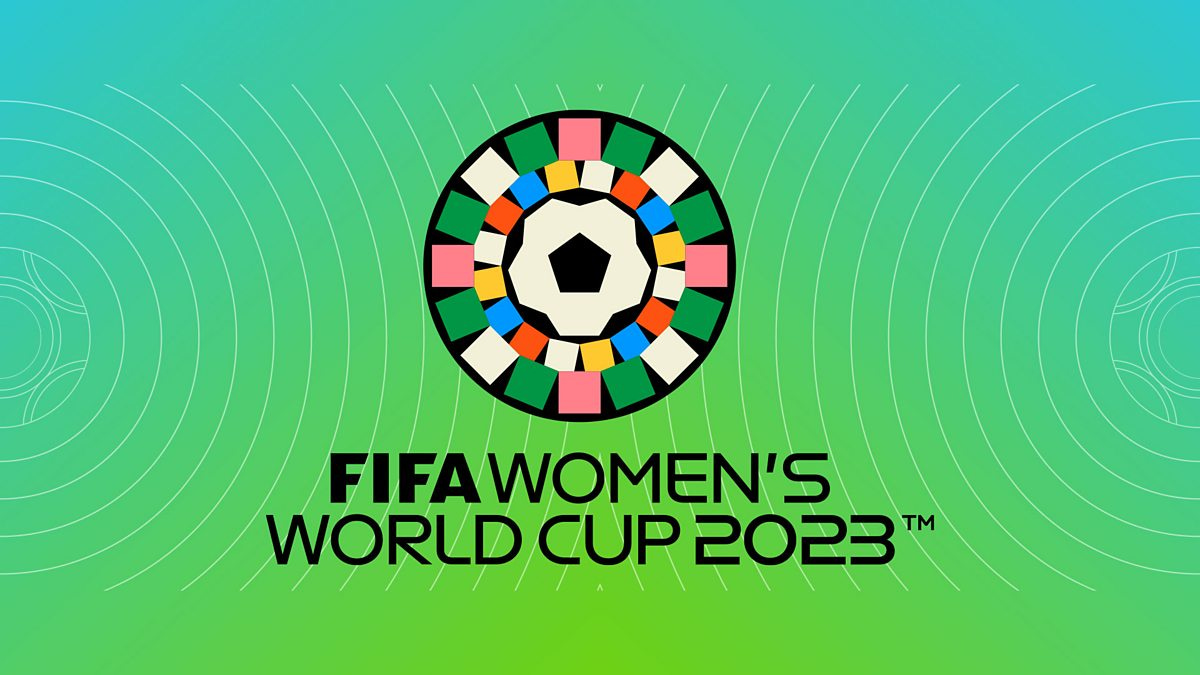FIFA is a funny organisation. Mafia-run, obscenely corrupt, it governs the most popular game on the planet with a shameless, muscular vigour that must make other criminal enterprises green with envy. But even its members must find the curious limitations to viewing matches of the 2023 Women’s World Cup being held in Australia and New Zealand odd, especially given the organisation’s efforts to promote the appeal of the game.
Billed as the most popular women’s tournament ever, Australians have been rationed in their share of viewable matches. A mere 15 matches are available from the free-to-air service on Channel Seven. If you do fork out for a subscription to the extortionists at Optus Sport, then you can view all 64 matches for a monthly fee of A$24.99. Existing Optus customers have the pleasure of viewing the matches at the cost $A6.99.
Those attending in person have not disappointed the organisers, and figures have been supremely healthy in both countries, with Australia doing particularly well. But the broadcasting pay wall has baffled the supporters of various national sides.
When a very entertaining Nigeria advanced to the knockout stages of the tournament, supporters in Australia found their options for viewing the match against England spare. “Many people have been looking forward to watching the game with England, but not everybody can afford to pay for Optus Sports,” the complained the frustrated chairperson of the Nigerian Association of Western Australia, Dr Pedrus Eweama. “But there’s a limit to what we can do, it’s just part of policy … it’s very disappointing.”
Expatriates from other countries living in Australia were also bemused. A UK citizen living in Melbourne, Alex Read, found it odd that his friends and family back in the old country could enjoy all the games on free to air platforms, live television or the BBC iPlayer. “I get that football is a bigger sport in the UK than it may be in Australia, but that should be irrelevant. You’re not going to show the Olympics and not show the whole thing for live view.” Well, not unless you are in Australia, where broadcasting is stunningly tribal.
True to form, supporters of the Australian side, the Matildas, have little reason to be concerned about any impending paywall. Channel Seven has rights to broadcast all their matches without charge. But their broadcasting has been, for the most part, ordinary, platitudinous and stifled by cliché. During the Australia-France quarterfinal held in Brisbane, a remark from one of the mathematically challenged commentators stood out: “There have been 50,000 eyes looking on tonight.” Given the presence of 50,000 attendees, it can only be presumed that 25,000 one-eyed, Cyclopean wonders had stumbled their way into the Suncorp Stadium to witness the Australian victory after a brutally draining penalty shootout.
The viewing arrangements meant that only subscribers could watch the England-Colombia quarterfinal being held in Sydney later in the evening, which furnished those in attendance a thrilling 2-1 spectacle with the England Lionesses prevailing. The next day, the Australian Broadcasting Corporation made footnote references to the match, focusing with almost exclusive adulation on the achievements of the home side’s efforts against France. That England remains a firm favourite to win the tournament has been all but scratched from the narrative.
For sports journalist and presenter Lucy Zelić, this seemed to conform to a disturbing pattern in the field of football broadcasting down under. “From the technological disaster with SBS and Optus in 2018, to the limited offering of free-to-air matches for the 2019 Women’s World Cup, history has had an unfunny way of repeating itself.” The limited offerings on Australian soil were all the more galling given that each of the 32 countries being represented at the tournament “has a proud community living in Australia.”
None of this was helped by the fact that the Women’s World Cup, despite being held on home soil, was not placed on a protected list of salient sporting tournaments that prevent them from falling into the cosmos of pay television. Such Australian anti-siphoning laws, passed in 1992, were not used to cover the tournament as it was deemed, according to Zelić, not “to be ‘nationally important’ or ‘culturally significant’ for the Australian public.” Those occupying the portfolio of Communications Minister have been far from sharp in that regard.
The problem was a microcosm of the broader challenges of broadcasting that seemed to have plagued this tournament. Even before a ball was kicked, a spat arose between the head of FIFA, Gianni Infantino, and public service providers in five European countries over the cost of broadcasting rights. Infantino was particularly miffed by offerings of US$1 million and US$10 million for the rights, compared with US$100 million to US$200 million for the men’s tournament.
The other tournament story that seemed to suck up the oxygen of discussion has been the cultish obsession with Sam Kerr’s injured calf muscle, which has come to resemble the miracle bone of a medieval saint. Was the injury mild, severe, or even crippling? The delicate wonder has featured in press conferences, cod psychology and the circles of endless punditry. Seen as one of the most potent strikers in women’s football, the Australian has been confined to meandering on the sidelines and releasing words of undisclosed wisdom to her teammates like a sagacious witchdoctor.
In the match against France, Kerr finally made a lengthier show, though the weight of the team in the tournament has been borne with exuberant audacity largely by the likes of Caitlin Foord and Mary Fowler. Because of their efforts, and those of goalkeeper Mackenzie Arnold, the team has reached their first World Cup semi-final. At least Channel Seven will broadcast it, if poorly.




